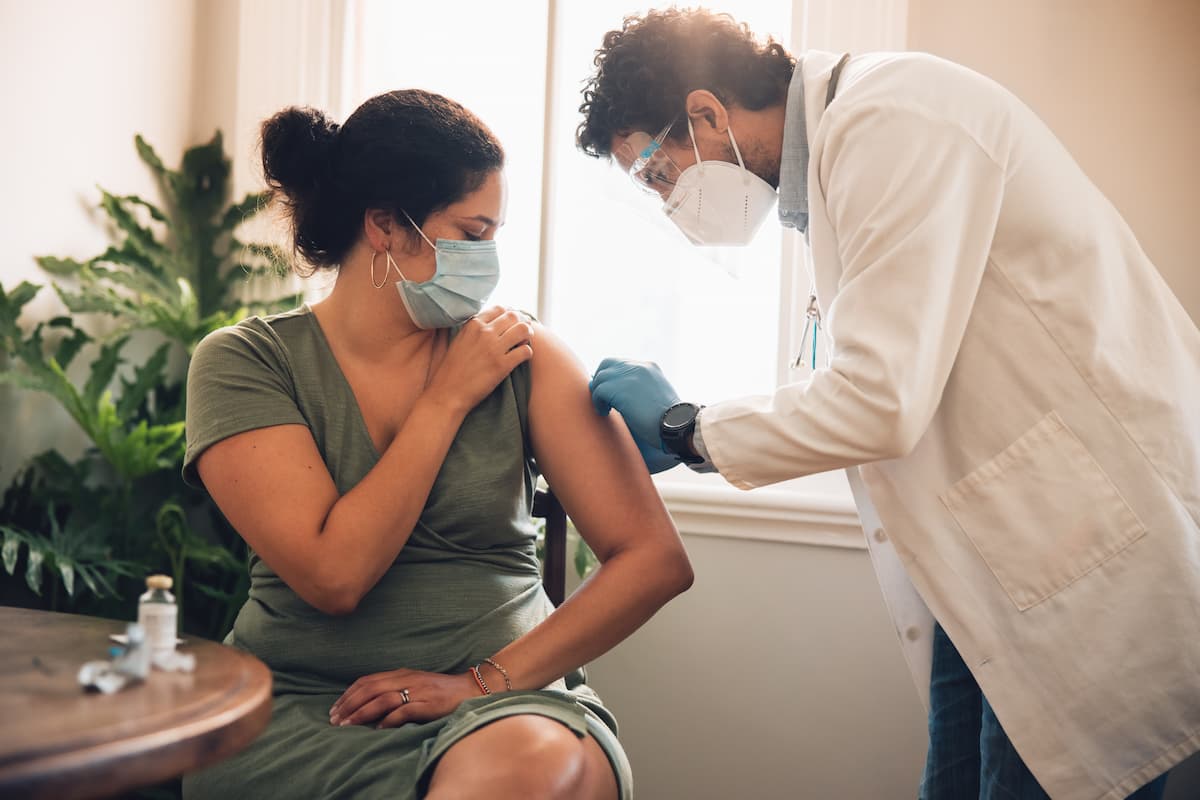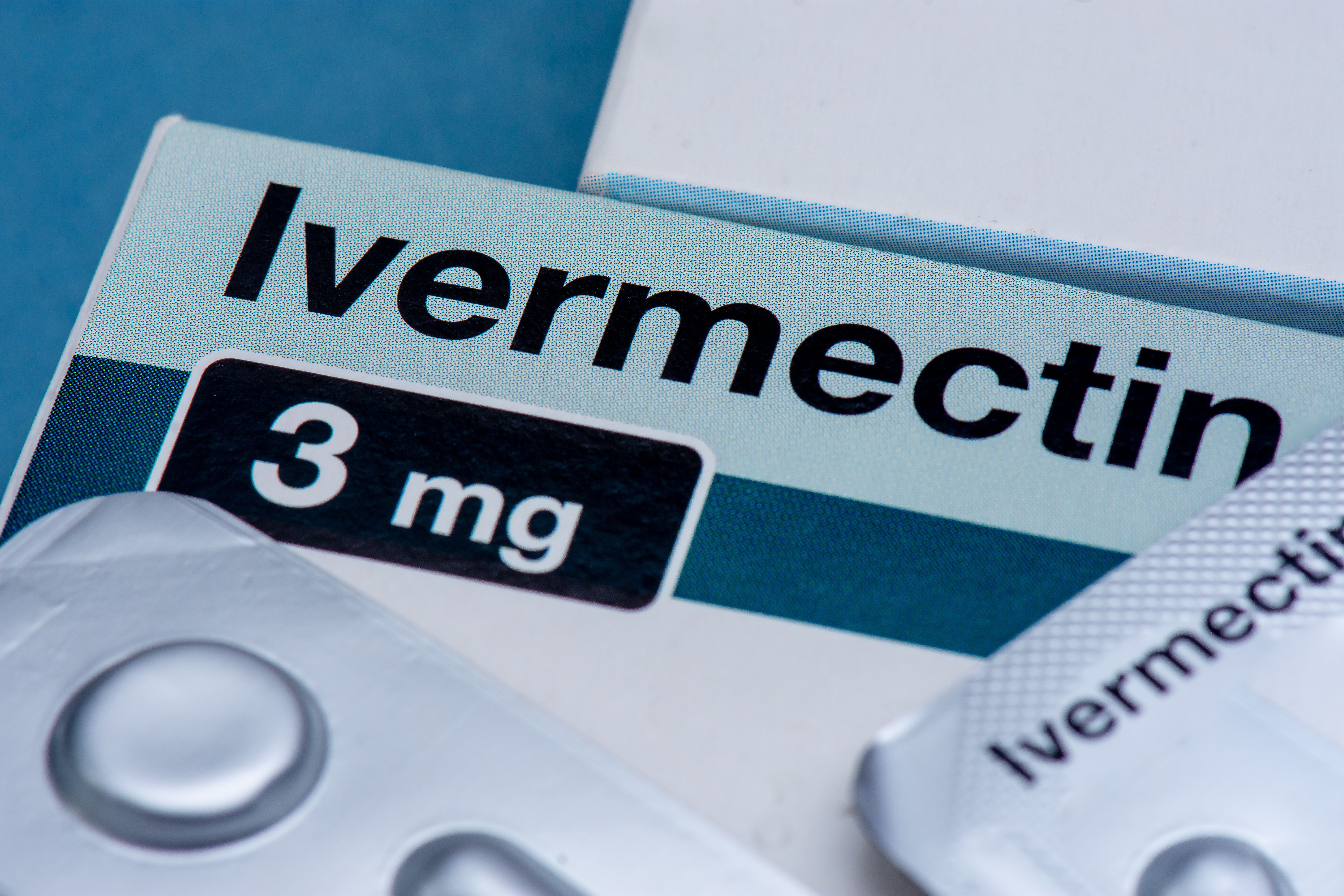Article
HIV Transmission Wanes as Patients Progress Through Care Continuum
Author(s):
More than 90% of HIV transmissions originate from undiagnosed and untreated individuals. On the other hand, those retained in medical care who have achieved viral suppression are 94% less likely to transmit HIV.
More than 90% of human immunodeficiency virus (HIV) transmissions originate from undiagnosed and untreated HIV-positive individuals. On the other hand, those retained in medical care who have achieved viral suppression are 94% less likely to transmit HIV.
Of the 1.1 million HIV-infected individuals living in the United States in 2009, roughly 18.1% were undiagnosed, while 45.2% were aware of their infection but were not receiving medical care, according to recent research published in JAMA Internal Medicine. Furthermore, 4.1% were under medical care but were not prescribed antiretroviral therapy (ART), 7.2% were prescribed ART under medical care but were not virally suppressed, and 25.3% had achieved viral suppression.
The HIV-positive patients who were undiagnosed and lacking medical care accounted for 91.5% of the estimated 45,000 HIV transmissions in 2009. Conversely, individuals diagnosed with HIV but not receiving medical care were 19% less likely to transmit the virus than those with undiagnosed HIV, and HIV patients who were virally suppressed were 94% less likely to transmit HIV than the other groups.
Thus, the further along patients were in the HIV care continuum, the less likely they were to transmit the virus, the investigators found.
“Pharmacists and pharmacies can play a critical role in increasing the number of people living with HIV who know they are infected,” study author Jacek Skarbinski, MD, of the US Centers for Disease Control and Prevention (CDC), told Pharmacy Times in an email. “…As HIV self-testing is now available, pharmacists can be the first-line providers in providing information to persons who want to get tested for HIV.”
Dr. Skarbinski added that a pharmacist’s relationship with HIV patients is strengthened due to the necessity for adherence to ART. In fact, Walgreens and the CDC are examining pharmacists’ abilities to improve treatment adherence for HIV-positive patients in a collaborative pilot project, Dr. Skarbinski noted.
“As pharmacists work with people living with HIV, they can both help them live longer and healthier lives, (and) also reduce the chances of transmitting the virus to others,” Dr. Skarbinski concluded. “Pharmacists can play a role at each stage of the HIV care continuum by expanding access to HIV testing, such as self-testing, and by increasing retention in care and improving adherence to ART.”
Newsletter
Stay informed on drug updates, treatment guidelines, and pharmacy practice trends—subscribe to Pharmacy Times for weekly clinical insights.

FDA Grants Full Approval to mRNA-1273 COVID-19 Vaccine in Children At Increased Risk




